Glenavy's Te Maiharoa whānau
On the northern bank of the Waitaki, near where the river meets the ocean, is the anglers mecca - Glenavy. It’s a tight knit community, with many families associated with the area for generations. One of those families is the Te Maiharoa.
Photo courtesy of Anne and Joe Lomas of Glenavy's Waitaki River Motor Camp
Anne Te Maiharoa-Dodds with Gary Kircher. Credit: Otago Daily Times.
Anne Te Maiharoa-Dodds lives with her husband Bill in Glenavy. She is the great-granddaughter of the prophet Hipa Te Maiharoa, who campaigned for Māori land rights. He was a teacher and philosopher, he built learning centres and taught astronomy. He carried out ceremonies to remove tapu from objects and localities, and was said to perform miracles.
The most notable was when he stopped a train on the Waitaki bridge while leading a heke south in 1877. As his party approached the bridge to cross, they noticed the gates were closed. Te Maiharoa performed a karakia and the gates opened, allowing his party to cross.
The party were nearly all off the bridge when a train approached from the south. Te Maiharoa alighted from his trap and stood praying. Multiple witness accounts attest that the ‘wheels of the engine were going around but the train was not going forward’. The engine driver couldn’t figure out what the problem was. When the last of the group were off the bridge Te Maiharoa released the prayer and the train moved forward. This incident was witnessed by many and reported in the Oamaru Mail at the time.
The spiritual gifts of her great grandfather have been passed down through the generations to certain family members. Whānau members continue to honour him today by walking in the spirit of PEACE.
It’s estimated by local Māori that their Waitaha ancestors arrived in the area around 2000 years ago. The area used to be rich in swamps, and mahinga kai like eels were plentiful at Tauhinu (Bell’s Pond) and in the Waitaki River. The Māori people have total respect for the Mauri (life force) of water, and it concerns Anne today to see the degradation in the waterways and the lack of food supplies in the area such as "tuna (eels), inaka (whitebait), kahawai and watercress, all precious and so important”.
Raupo reeds tied in bundles with harakeke (flax) were perfect for building mokihi (boats) as a means of transport along the Awa (river). Raupo was plentiful in the area and harvested seasonally. Anne’s elder brother, Tim Te Maiharoa built a 6 metre long mokihi out of Raupo in the 1990s. A whare mōkihi (boat shed), is currently being built at the front of the Waihao Marae to house the special relic.
Te Maiharoa Rd in Glenavy is named in recognition of the family. You can park at the end of the road and walk the Glenavy Track. This flat, approximately 1.2km, track wanders beside a stream under a small pine plantation just off State Highway One. The track will lead you to the Waitaki River lay-by, a popular spot for travellers, with toilets, picnic tables and scenery.
The views of the Waitaki River and the mountains here are spectacular. This is a great place for a picnic and to reflect on the history of the area, the generations who came before, and the miracle of 1877.
Glenavy Walking Track
Further reading
Willetts Collection
A precious collection of taonga was found by the Willetts family when cultivating their farm on the North Otago side of the Waitaki River. The Te Maiharoa family are the guardians of this collection. Learn more here.
Otago University are researching this important collection that numbers more than 10,000 items. Read more here.
Te Ara o Rakimarie: The Pathway of Peaceful Living
Kelli Te Maiharoa wrote a research paper on Anne and her peace building efforts. You can read it here.


